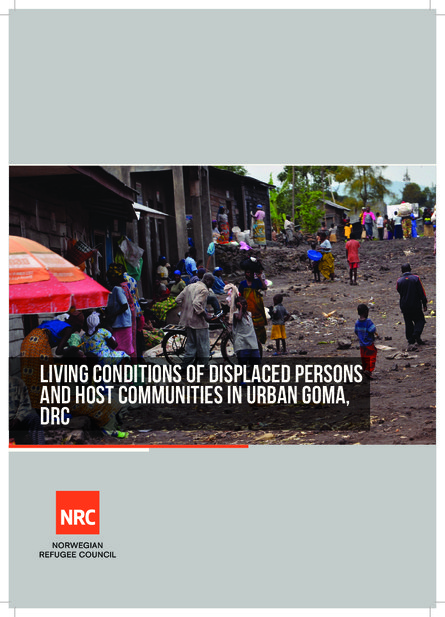
Goma has been a central point for the reception of displaced persons over the last 20 years of conflict in the eastern Democratic Republic of Congo (DRC). Following significant waves of arrivals in 2012 and 2013, due to conflict with the M23 – a militia active in North Kivu from early 2012 to late 2013 – 1 camps around the city were grossly overcrowded. The humanitarian community found itself confronted by the challenge of responding to a large population about whom they had no information, in an environment in which they had little previous experience. While the size of the urban internally displaced person (IDP) population is unknown, approximately 62 per cent of the 900,000 IDPs in North Kivu are living outside of camps and sites (OCHA, 2014). This study responds to the knowledge gap on current living conditions of persons affected by displacement, identifies areas of primary concern for government and humanitarian actors and proposes avenues for further research.
Resource collections
- UN Habitat - Urban Response Collection
- Urban Response - Urban Crisis Preparedness and Risk Reduction
- Urban Response Collection - Community Engagement and Social Cohesion
- Urban Response Collection - Economic Recovery
- Urban Response Collection - Environment and Climate Change
- Urban Response Collection - Housing, Land and Property
- Urban Response Collection - Urban Crisis Response, Recovery and Reconstruction
- Urban Response Collection - Urban Resilience